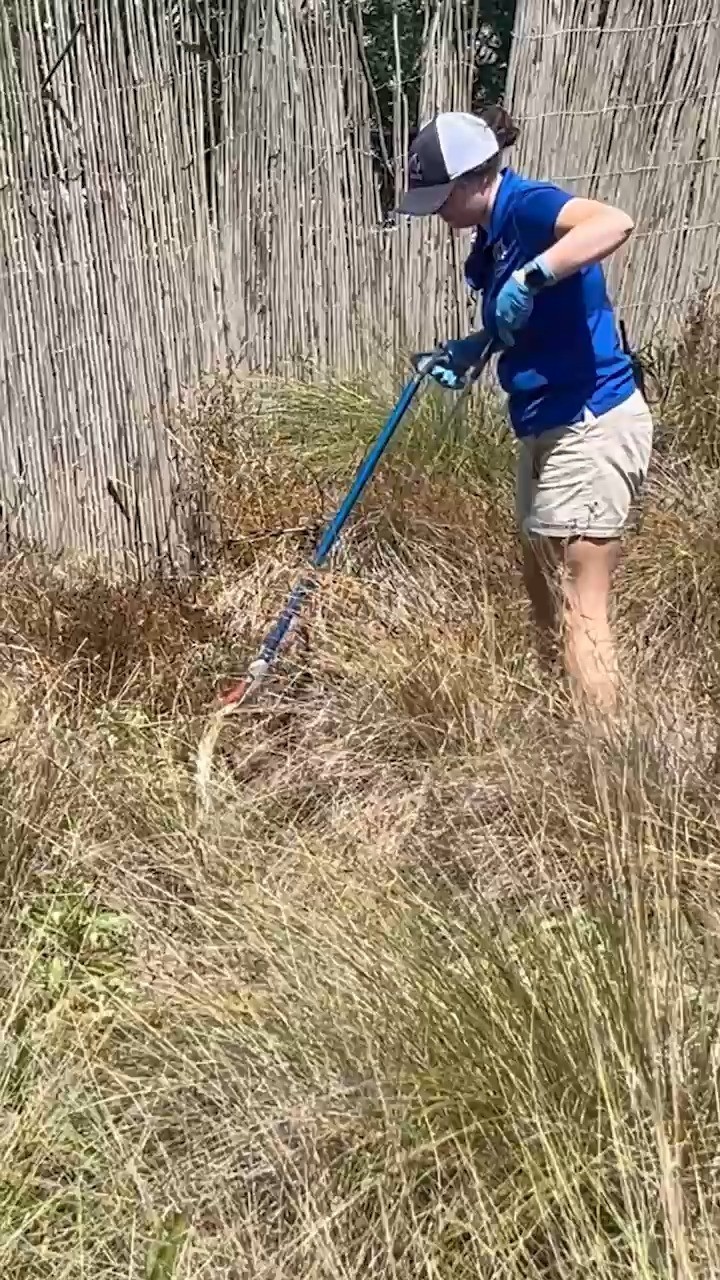- Discuss the significance of backyard biodiversity and its role in ecosystem balance.
- Explore the importance of wildlife corridors for species like snakes, turtles, and birds.
- Highlight conservation strategies for protecting local wildlife.
- Examine the educational role of zoos in fostering wildlife preservation.
- Address the impact of human activity on local species and habitats.
The natural world around us is a constant reminder of the intricate and diverse ecosystems present even within our own communities. Our backyards, parks, and local environments are home to a plethora of wildlife, ranging from snakes and turtles to birds and alligators. The significance of maintaining and protecting this biodiversity cannot be overstated, as it plays a crucial role in sustaining ecological balance and ensuring the health of our planet.
Biodiversity refers to the variety of life on Earth, encompassing different species, genes, and ecosystems. It is the foundation of ecosystem services that humans rely on for survival, such as clean air, water, and fertile soil. In our backyards, every snake, turtle, or bird contributes to this rich tapestry of life. Snakes, for example, help control pest populations; turtles aid in maintaining clean waterways, and birds contribute to seed dispersal and pollination. Their roles underscore the interconnectedness of nature and the necessity of preserving these delicate relationships.
Wildlife corridors are essential in maintaining biodiversity. These corridors are natural pathways that facilitate the movement of species between different habitats. They are crucial for the survival of species like snakes, turtles, and birds, which depend on diverse environments for feeding, breeding, and shelter. By allowing safe passage across fragmented landscapes, wildlife corridors help prevent genetic isolation and decrease the likelihood of local extinctions. For example, a turtle crossing a busy road is more likely to survive if there is a protected passage like a wildlife bridge or an under-road tunnel. Implementing these corridors is a vital step in conserving biodiversity amid increasing urbanization.
Conserving local wildlife requires a multifaceted approach. This involves creating and enforcing legislation to protect endangered species, establishing protected areas, and promoting sustainable practices. Education and awareness are also key components of conservation efforts. By educating communities about the importance of local wildlife and how to coexist with them, we can foster a sense of stewardship and collective responsibility. Simple actions such as planting native vegetation, reducing pesticide use, and participating in citizen science initiatives can have a substantial impact on local ecosystems.
Zoos play a pivotal role in wildlife conservation and education. They provide a bridge between humans and the animal kingdom, offering insights into species that might otherwise remain unseen. Through captive breeding programs, zoos contribute to the preservation of endangered species and the reintroduction of animals into the wild. Furthermore, zoos educate the public about the importance of biodiversity and motivate individuals to engage in conservation efforts. By fostering a connection between people and wildlife, zoos can inspire future generations to prioritize environmental preservation.
Human activities profoundly affect local species and habitats. Habitat destruction, pollution, and climate change are major threats to biodiversity. As urban areas expand, natural habitats are increasingly fragmented, making it difficult for wildlife to thrive. Pollution, in its various forms, contaminates the air, water, and soil, posing risks to both animals and humans. Climate change alters ecosystems, affecting food availability, breeding patterns, and migration routes. To mitigate these impacts, it is crucial to adopt environmentally friendly practices, such as reducing waste, conserving water, and supporting renewable energy sources.
Our daily interactions with local wildlife remind us of the beauty and diversity that exist within our own communities. Protecting them as they cross our paths is not only essential for their survival but also vital for maintaining the health and balance of our ecosystems. By recognizing the value of backyard biodiversity, supporting wildlife corridors, engaging in conservation efforts, utilizing the educational resources of zoos, and mitigating human impacts, we can contribute to a sustainable future for all species. This interconnected web of life depends on our actions and decisions today, which will shape the world for generations to come.
*****
Source Description
🐍 🐢 We are reminded every day about the beauty and diversity of the wildlife in our own backyard. 🐊 🐦Protecting them as they cross our path is important to our mission.


